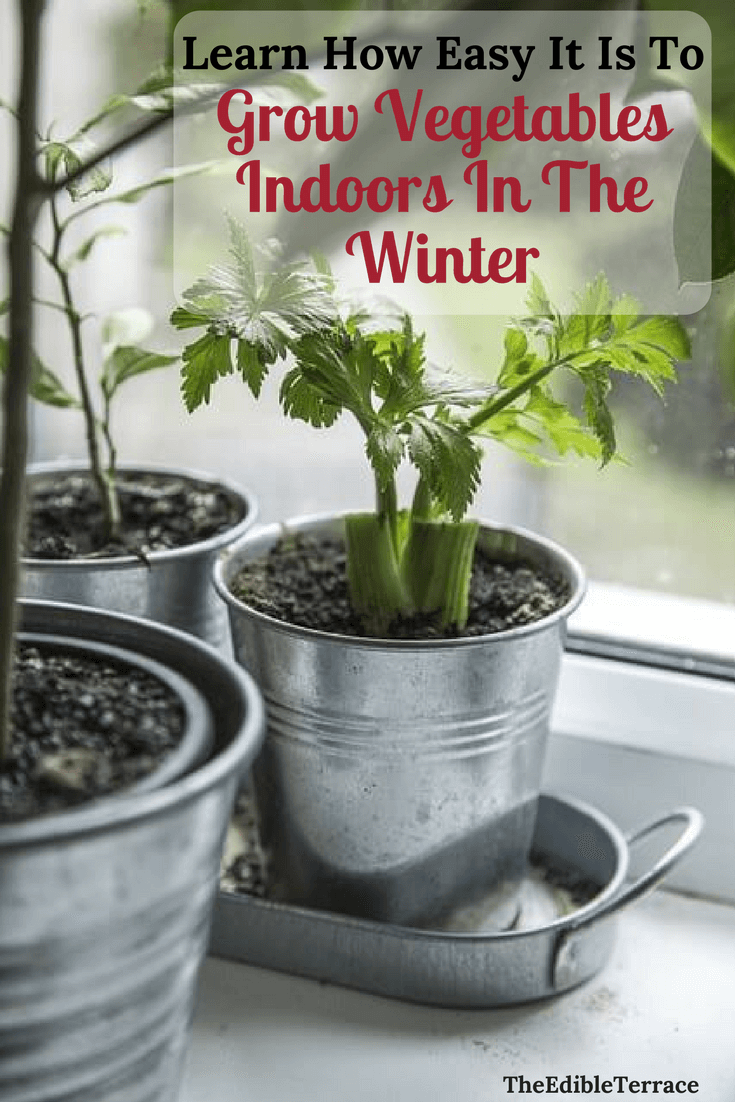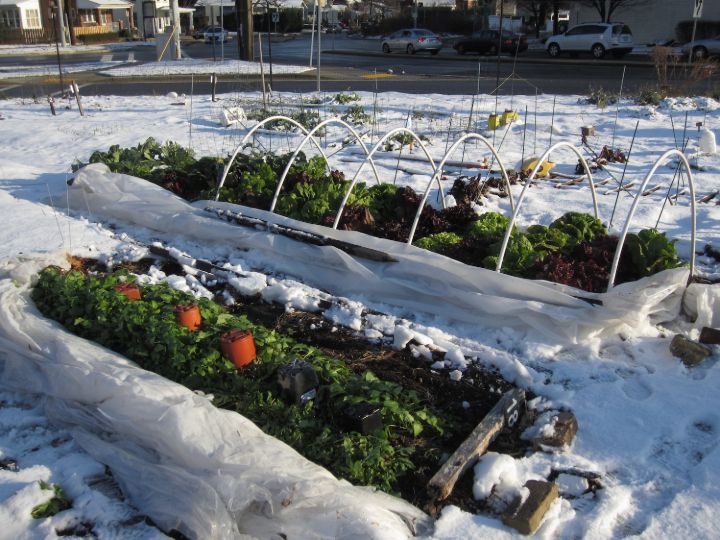How to Grow Vegetables Indoors During Winter: A Comprehensive Guide

As the winter chill sets in, many of us bid farewell to our outdoor gardens, thinking that fresh, homegrown produce is a luxury reserved for warmer months. But what if I told you that you could transform your indoor space into a thriving oasis of greenery, even in the dead of winter? Welcome to the world of indoor vegetable gardening, where the joy of growing your own food knows no seasonal bounds. Let's dive into this how-to guide and discover the secrets of successful winter gardening.
Why Grow Vegetables Indoors During Winter?
Indoor vegetable gardening is more than just a hobby; it's a sustainable and rewarding practice. Imagine the satisfaction of plucking fresh herbs for your winter stew or harvesting crisp lettuce for a salad, all from the comfort of your home. Not only does it ensure a steady supply of fresh produce, but it also adds a touch of nature to your living space, improving air quality and mental well-being.
Getting Started: Essential Tools and Supplies
Before you embark on your indoor gardening adventure, you'll need a few essential tools and supplies. Here's a checklist to get you started:
- Containers: Choose pots or trays with good drainage.
- Soil: Opt for well-draining potting mix specifically designed for indoor plants.
- Seeds: Select varieties that thrive indoors, such as lettuce, spinach, and herbs.
- Lighting: Invest in grow lights if natural light is limited.
- Watering Can: A small watering can with a fine nozzle is ideal.
- Fertilizer: Use a balanced, water-soluble fertilizer to keep your plants healthy.
Choosing the Right Vegetables for Indoor Gardening
Not all vegetables are created equal when it comes to indoor gardening. Some thrive in the controlled environment of your home, while others prefer the great outdoors. Here are some of the best vegetables to grow indoors during winter:
- Lettuce and Spinach: These leafy greens grow quickly and require minimal space.
- Herbs: Basil, parsley, and chives are excellent choices for indoor herb gardens.
- Radishes: These fast-growing root vegetables are perfect for small spaces.
- Microgreens: Packed with nutrients, microgreens are easy to grow and harvest quickly.
- Carrots: Opt for dwarf varieties that don't require deep pots.
Setting Up Your Indoor Garden
Location, Location, Location
Choosing the right location for your indoor garden is crucial. Look for a spot that receives plenty of natural light, such as a south-facing window. If natural light is scarce, supplement with grow lights to ensure your plants get the light they need.
Temperature and Humidity
Most indoor vegetables prefer temperatures between 65°F and 75°F (18°C and 24°C). Maintain consistent humidity levels by misting your plants or using a humidifier if necessary.
Watering and Fertilizing
Water your plants consistently, ensuring the soil stays moist but not waterlogged. Use a balanced, water-soluble fertilizer every two to four weeks to provide essential nutrients.
Advanced Techniques: Hydroponic Gardening
For those looking to take their indoor gardening to the next level, hydroponic gardening is an excellent option. This soil-less method involves growing plants in a nutrient-rich water solution, resulting in faster growth and higher yields. Hydroponic systems can be as simple or complex as you like, from DIY setups to high-tech automated systems.
Winter Gardening Tips for Success
Monitor Your Plants
Keep a close eye on your plants for signs of pests, disease, or nutrient deficiencies. Early detection can prevent small issues from becoming big problems.
Rotate Your Plants
To ensure even growth, rotate your plants regularly so that all sides receive equal amounts of light.
Prune and Harvest Regularly
Regular pruning and harvesting encourage new growth and prevent your plants from becoming leggy.
Embrace Urban Farming
Indoor vegetable gardening is a fantastic way to embrace urban farming, even in the heart of the city. By growing your own food, you're not only reducing your carbon footprint but also contributing to a more sustainable future.
Conclusion: The Joy of Winter Gardening
Growing vegetables indoors during winter is a rewarding experience that brings the joy of gardening into your home. With the right tools, techniques, and a bit of patience, you can transform your indoor space into a lush, productive garden. So, why wait? Start your indoor gardening journey today and reap the benefits of fresh, homegrown produce all year round.
FAQs
What are the best vegetables to grow indoors during winter?
- Lettuce, spinach, herbs, radishes, microgreens, and dwarf carrots are excellent choices for indoor winter gardening.
How much light do indoor vegetables need?
- Most indoor vegetables require at least 6-8 hours of light per day. If natural light is limited, supplement with grow lights.
What is hydroponic gardening?
- Hydroponic gardening is a soil-less method of growing plants in a nutrient-rich water solution, resulting in faster growth and higher yields.
How often should I water my indoor plants?
- Water your plants consistently, ensuring the soil stays moist but not waterlogged. The frequency will depend on the plant type and environmental conditions.
Can I grow vegetables indoors without a greenhouse?
- Yes, you can grow vegetables indoors without a greenhouse. Choose a location with plenty of natural light and supplement with grow lights if necessary.


0 Response to "How to Grow Vegetables Indoors During Winter: A Comprehensive Guide"
Post a Comment